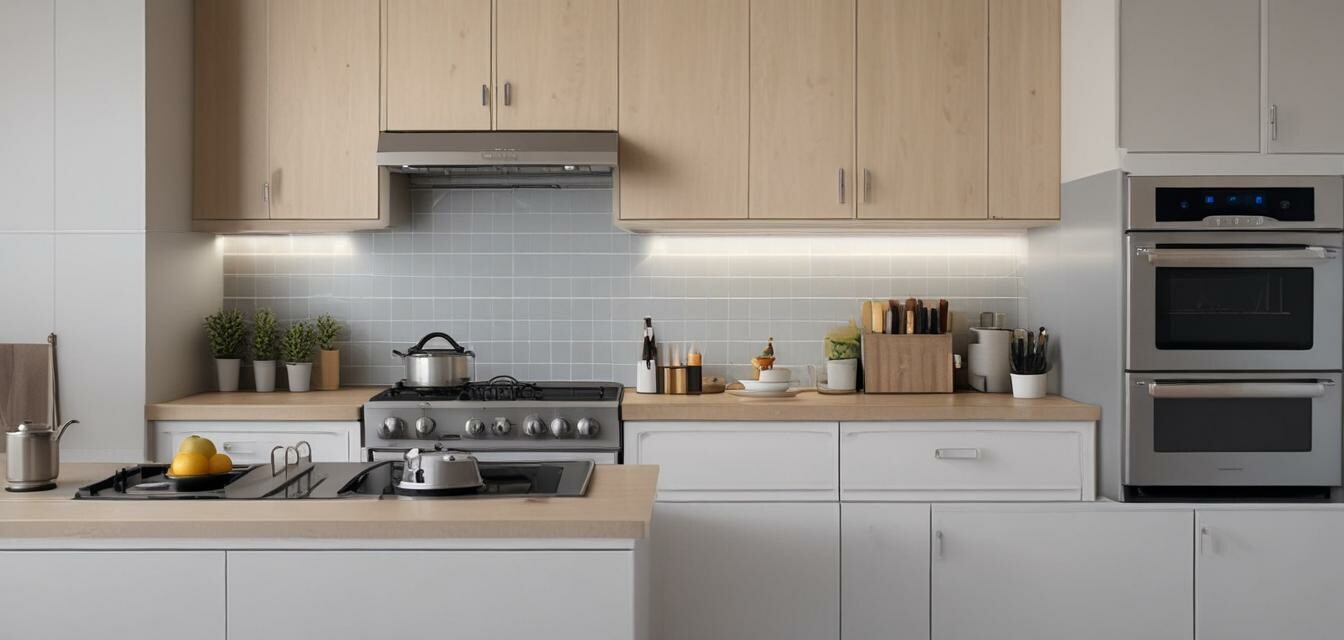
How to Reduce Phantom Energy Consumption
- Phantom energy consumption refers to the energy used by appliances when they are not in active use.
- Identifying the appliances contributing to phantom energy can lead to significant savings.
- Effective management techniques can greatly reduce energy waste in households.
- Using smart power strips and timers can help in minimizing phantom loads.
- Regularly unplugging unused devices is a straightforward way to combat phantom energy consumption.
In today's energy-efficient world, many homeowners are becoming aware of the importance of reducing energy wastage. One often-overlooked issue is phantom energy consumption, which refers to the electricity that devices consume while in standby mode or when they are turned off but still plugged in. This article will guide you on how to identify phantom energy in your home and practical steps to reduce it, allowing you to save money and benefit the environment.
What is phantom energy consumption?
Phantom energy consumption, also known as vampire power, occurs when electronic devices consume power even when they are not in use. This can be caused by devices that remain partially powered to allow for features like remote control or clock displays. The cumulative effect of multiple devices can substantially inflate your energy bills over time.
Common appliances that contribute to phantom energy
| Appliance | Typical Phantom Energy Use (Watts) |
|---|---|
| Television | 15-40 |
| Computer | 5-10 |
| Game Console | 10-20 |
| Microwave | 3-5 |
| Charger (phone/laptop) | 1-3 |
How to identify phantom energy consumption in your home
Identifying which appliances contribute the most to phantom energy can seem challenging, but there are methods to help you with this task. Below are methods you can employ:
- Energy monitor: Use a plug-in energy monitor to measure the energy consumption of individual appliances.
- Smart plugs: Install smart plugs that allow monitoring of energy levels through an app.
- Billing review: Analyze your electricity bill for unusual spikes that may indicate phantom loads.
Effective ways to reduce phantom energy consumption
There are several strategies to effectively reduce or eliminate phantom energy consumption in your home. Below are some proven methods:
- Unplug devices: Regularly unplug devices that are not in use, especially when going on vacation.
- Smart power strips: Install smart power strips that cut off power to multiple devices when not in use.
- Timers: Use timers to control when devices receive power.
- Energy-efficient models: Invest in energy-efficient appliances that are designed to minimize phantom energy consumption.
Tips for managing appliances effectively
Beginner's tips
- Make a list of all devices that remain plugged in when not in use.
- Choose power strips that can be easily toggled on and off.
- Consider using a central charging station for devices to avoid individual chargers being left plugged in.
- Be mindful about devices that enter standby mode and research options to completely power them down.
Benefits of reducing phantom energy consumption
Reducing phantom energy consumption not only helps lower your electricity bills but also contributes to a more sustainable lifestyle. Here are some benefits to consider:
- Lower monthly energy bills.
- Reduced carbon footprint and environmental impact.
- Prolonged lifespan of appliances due to less wear and tear.
- Increased awareness of energy usage leading to further energy-efficient decisions in the home.
Pros
- Significant savings on electricity bills.
- Contributes to a greener planet.
- Increased knowledge of energy consumption.
- Best practices for managing household appliances.
Cons
- Requires consistent effort to unplug devices.
- Initial cost of smart plugs or energy monitors.
Conclusion
Reducing phantom energy consumption is a manageable task that can lead to significant savings on energy bills and contribute to environmental sustainability. By identifying the appliances that contribute to phantom energy and employing effective management strategies, you can make a difference in your home. For additional tips on maintaining your appliances efficiently, check our Tips and How-to Articles section, and don't hesitate to visit our Air Conditioners, Dishwashers, and other product categories while you’re at it! Let’s work together towards a more energy-efficient future!
